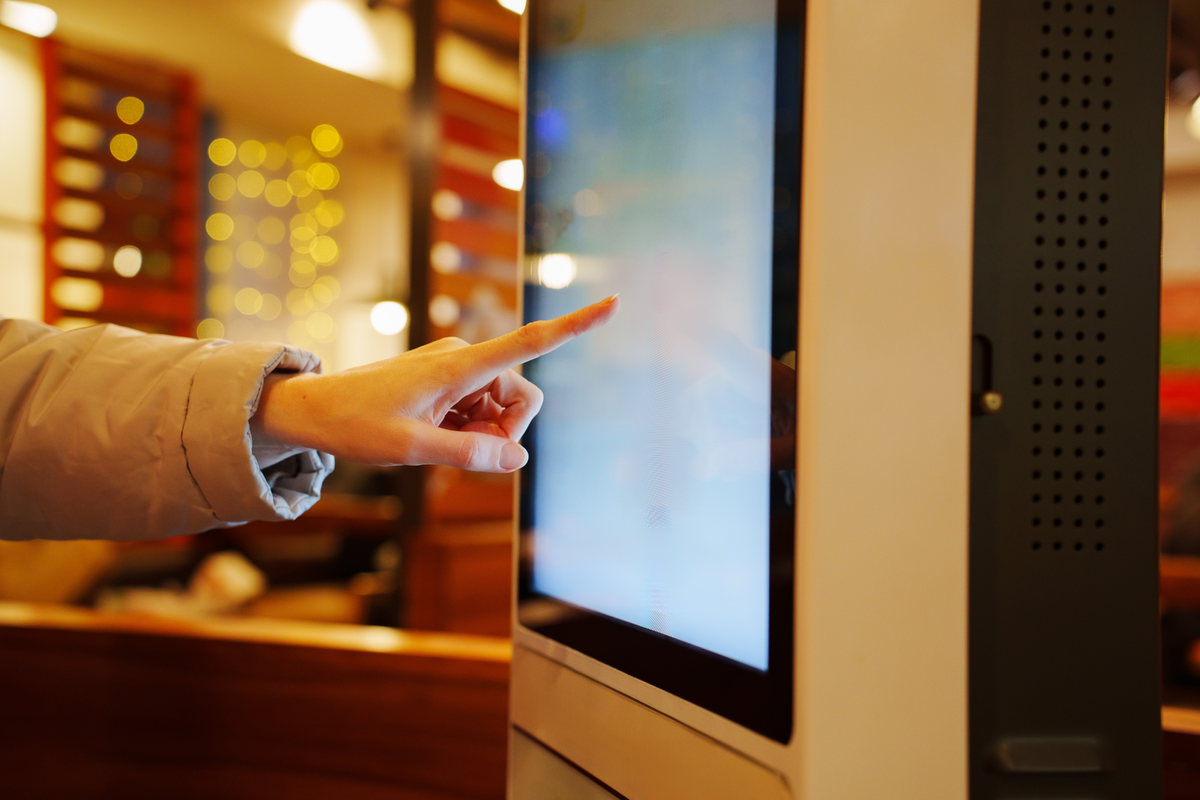Why Retailers Need to Be Creating Memorable Guest Experiences and How To Do It
Today, the term “guest experience” means something much different than it did even two decades ago. It used to be that the guest experience referred to the customer’s time in the physical store. But thanks to the evolution of online and mobile shopping, the concept of what makes up a guest experience has changed.
The various online and mobile options mean that customers no longer have to stick to one shopping channel or another. They have choices, and they tend to use them—taking a multipronged approach by combining shopping methods.
Retailers need to be aware of this shopper behavior. When it comes down to it, guest experience involves creating a seamless experience when engaging with a company’s website or app and engaging with the same retailer in a store.
1. How has the importance of guest experience shifted over the last few years?
No doubt, it’s always been important for retailers to provide a good experience. But today, according to a Salesforce survey, customers expect even more.

The good news here is that the current hybrid guest experience of online browsing mixed with in-store purchasing presents retailers with not just a challenge, but an opportunity. The challenge is that if they get it wrong, their customers have many more options to take their business to a competitor. But there’s still an opportunity to create a guest experience so delightful that it differentiates the business from its competitors and builds the kind of loyalty needed when an experience doesn’t live up to expectations.
Even though the popularity of online shopping continues to increase, physical stores aren’t going away any time soon. We still prefer the in-store experience, and data proves it. Even younger shoppers are embracing shopping in a physical location. Among Gen Z, those Americans born after 1996, 81 percent prefer shopping in the store as opposed to shopping online. A reported 73 percent of them start their shopping experience by browsing in a store. And 50 percent of Gen Z use shopping as a form of therapy, taking trips to the store to disconnect from their busy lives.
Still, just having a physical store isn’t enough. Only retailers who can deliver experiences that live up to customer expectations can expect to thrive. Retailers who haven’t personalized their guest experience are struggling. You don’t have to look any further than the headlines about store closures for proof of that.
2. What role has technology/eCommerce played in that shift and how are companies responding?
Technology and the rise of eCommerce has definitely contributed to the shift in customer expectations. Brick-and-mortar stores remain important, but the overall experience is more fluid.
Webrooming—where customers begin their shopping by researching products online before they ever come in the store—is now the norm. Ninety percent of customers now say they do at least some level of research online before coming to the store to make their final purchase. Of those, 36 percent start the process with a traditional search engine, like Google, Bing or Yahoo. They’re also searching online-first competitors.
Nearly 50 percent of shoppers begin their search for new products by checking Amazon for information and reviews, using the site as not just a retail outlet but also a search engine.
Responsive companies are taking advantage of this trend. They are making it a priority to create a good in-store user experience for their customers when they complete their purchases. They have customer experience teams focused on this and budgets to improve the guest experience. Some have created lab stores to test out their ideas. Some businesses have even gone so far as to create executive-level positions that are dedicated solely to the guest experience.
3. What is the impact of a bad guest experience?
There are any number of issues that can contribute to a customer’s bad guest experience in a store. There are some very broad reasons that can lead to this. For example, the store itself is in a bad location. The store is poorly laid out or poorly lit. It may not be merchandised properly, or a lack of sensory experiences may mean that shopping there is just boring.
If that’s the case, there are likely bigger issues to solve. But if those bigger issues aren’t present, that doesn’t mean there aren’t things that could be contributing to a bad experience. Here are a few:
- The store’s website creates an expectation that doesn’t match the in-store experience. For example, the website shows a product as in stock at the store, but it’s not there when the customer arrives to buy it.
- More broadly, there are too many out-of-stock products that the customer would prefer to touch and feel before buying.
- No in-store wayfinding that leads to difficulty finding products.
- No in-store access to the full product catalog.
- Challenges finding complementary products.
- The mobile app doesn’t work as expected or doesn’t provide value while shopping.
- The customer receives poor service or doesn’t feel like their needs are met.
- Unknowledgeable sales associates who cannot make smart recommendations.
Ultimately, it doesn’t really matter the reason for the bad experience. What matters is that the customer is unhappy. And a bad customer experience can affect more than just the customer who had it.
According to a Salesforce survey, 62% of customers say they share stories of their bad experiences with others.
4. How can digital signage help to lessen the damage of a bad guest experience?
Since perfection is impossible, bad experiences are inevitable. But they don’t have to be injurious. Signage can smooth out disappointments while shopping. When a product is popular in the store but out of stock, digital signs can help by suggesting alternate products. Even something as simple as waiting in line can be helped by digital signage.
Studies show that putting a screen in front of the customer waiting in line reduces their perceived wait time by 35 percent.
The food service industry is keying on digital signage through self-service devices to help manage the customer experience when ordering. Businesses like McDonald’s, Panera Bread, and Chili’s have installed self-service kiosks or tabletop tablets for customers to place their orders. The kiosks are a hit with many customers because they give them better control over their shopping experience and eliminate the friction they feel when they are forced to interact with employees.
Digital signage can also ease the transition between online shopping and stores. In-store screens help keep the branding consistent from the website to the store, minimizing the difference between the two channels and making the experience more what the customer expected based on their time on the website.
Overall, digital signage works best when you know what you want to achieve. This means having a clearly defined definition of what success looks like and then a plan for measuring your results. You will be able to identify what’s working and flag places where you need to make adjustments to improve results.
5. What do retailers get wrong about guest experience?
Though every retailer is thinking about guest experience, many of them are still getting it wrong. Fifty-one percent of customers say retailers are falling short of providing a great experience. Why are retailers missing the mark?
- They don’t know their customers. They don’t take the time to ask customers what they want, they aren’t collecting or analyzing data, and they aren’t testing different ideas.
- They aren’t approaching the guest experience from the perspective of their customer. There’s a disconnect between the salesperson and the shopper. Sales teams are thinking like someone who is there to promote and sell instead of trying to think like someone who’s coming in to browse and buy.
- They aren’t working to make the shopping experience personal. They aren’t making the customer feel like they are known, valued, and that the store is concerned with meeting their needs.
- They aren’t attentive to what the competition is doing. Companies need to take a look at what their competitors are doing, look at what’s working for them, and find a way to improve on it and use it in their business.
6. How do you start creating a great guest experience?
There are three steps to a great guest experience: identify your customers’ needs, identify ideas to reach those needs, and test ideas based on those needs.
How do you do find out your customers’ needs? Ask them. They’ll tell you what they’re looking for. Customers are so eager for a personalized in-store shopping experience, that 80 percent say they’re willing to share information to get it.
Explicit ways to engage with your customers:
- Online Surveys – ask them on your website, through email, your mobile app, or have a link on the store receipt.
- In-Store Surveys – have personnel ask questions while customers are shopping, after they buy, or outside the store.
- Social Media – watch your social media accounts for feedback and comments and monitor your competitors’ accounts to see what customers are saying about them.
Implicit ways to collect and analyze data:
- POS Data – your checkout can tell you what customers are buying, when they’re buying it, how much they’re spending and much more.
- Website Analytics – look at the pages your site visitors go to, how long they stay and what makes them leave your site.
- Customer Service Records – the questions your customer service representatives are answering over the phone, in chats and through email will tell you a lot about what your customers need.
After you’ve collected the data, develop ideas that will reach those customers. Then it’s time to test them and see what works. One way to do that is to set up a small pilot program, where you use a few locations to implement your ideas and note the results. Or you can test in a single dedicated lab store. Either way, when you find something that works, scale it up and eventually push it out to all of your locations. Then repeat the whole process.
7. Want some inspiration? Here are the brands doing guest experience well.
Great guest experiences come from many industries and take all kinds of forms. Here are some brands who are doing it well.

|
Sportcheck |
| A Canadian health and wellness company that creates an elevated shopping experience with its digital content. A team of content creators produce premium brand content, storytelling, promotions, and entertainment. |
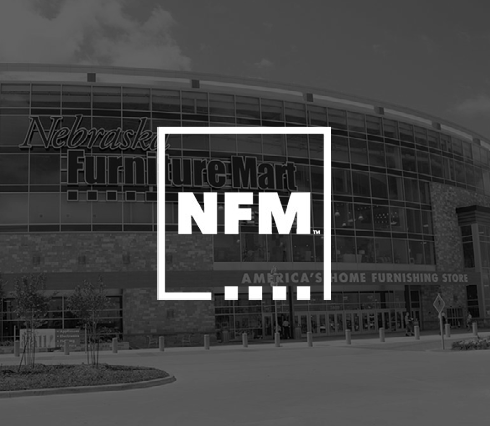
|
Nebraska Furniture Mart |
| Fourteen unique digital experiences ladder back to guest experience, sales and promotions, and brand storytelling in this furniture store’s Dallas location. |
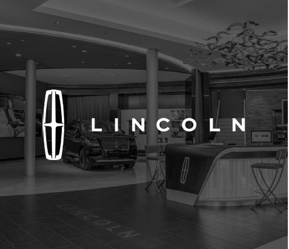
|
Lincoln Experience Center |
| While centered around the Lincoln automobile brand, customers can’t buy a vehicle at one of the Lincoln Experience Centers. They can, however, enjoy complimentary coffee, relax, use the Wi-Fi, enjoy custom non-auto-related events and learn more about the Lincoln brand and its vehicles, and digitally configure the car of their dreams. |
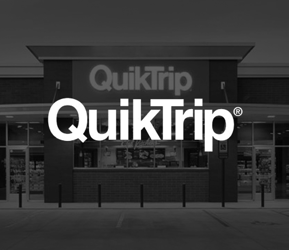
|
QuikTrip |
| This convenience store is known for its customer service mentality and has created brand loyalty that prompts most of their customers to drive out of their way to seek out their locations. |
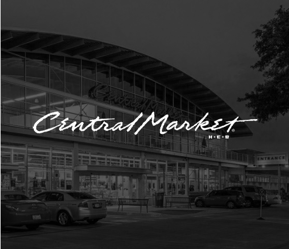
|
Central Market |
| A Texas-based grocery store that delights customers with a layout that takes them on a guided tour every time they’re in the store, leading them to explore and find new products. |

|
Nordstrom |
| A luxury department store that has long been known nationwide for its superior customer service mentality. |
DATA SOURCES
- https://www.forbes.com/sites/blakemorgan/2019/05/21/50-retail-innovation-stats-power-customerexperience/#78e3d0bb447e
- https://c1.sfdcstatic.com/content/dam/web/en_us/www/assets/pdf/datasheets/trends-in-integrated-customer-experiencesalesforce-research.pdf
- https://www.salesforce.com/content/dam/web/en_us/www/documents/e-books/state-of-the-connected-customer-reportsecond-edition2018.pdf
Share this
You May Also Like
These Related Stories
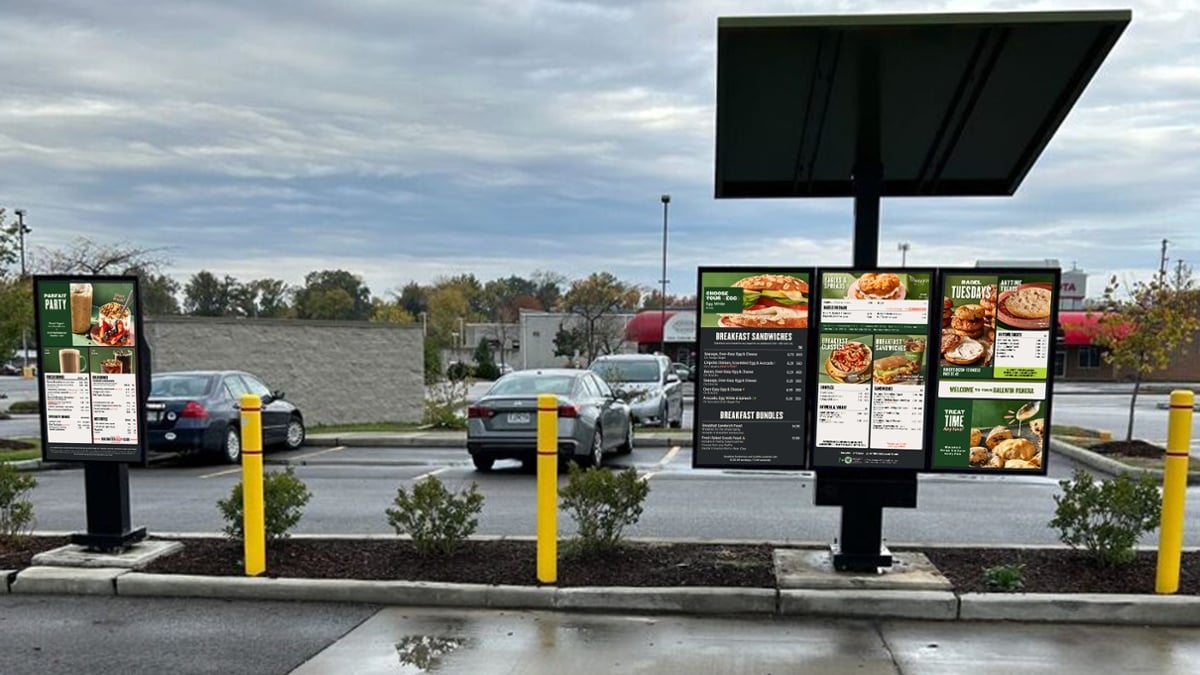
Drive-Through 2.0: Why integration is the root of success

Exploring the Generation Gap: How Gen Z's Inquisitiveness Shapes Retail Strategies
